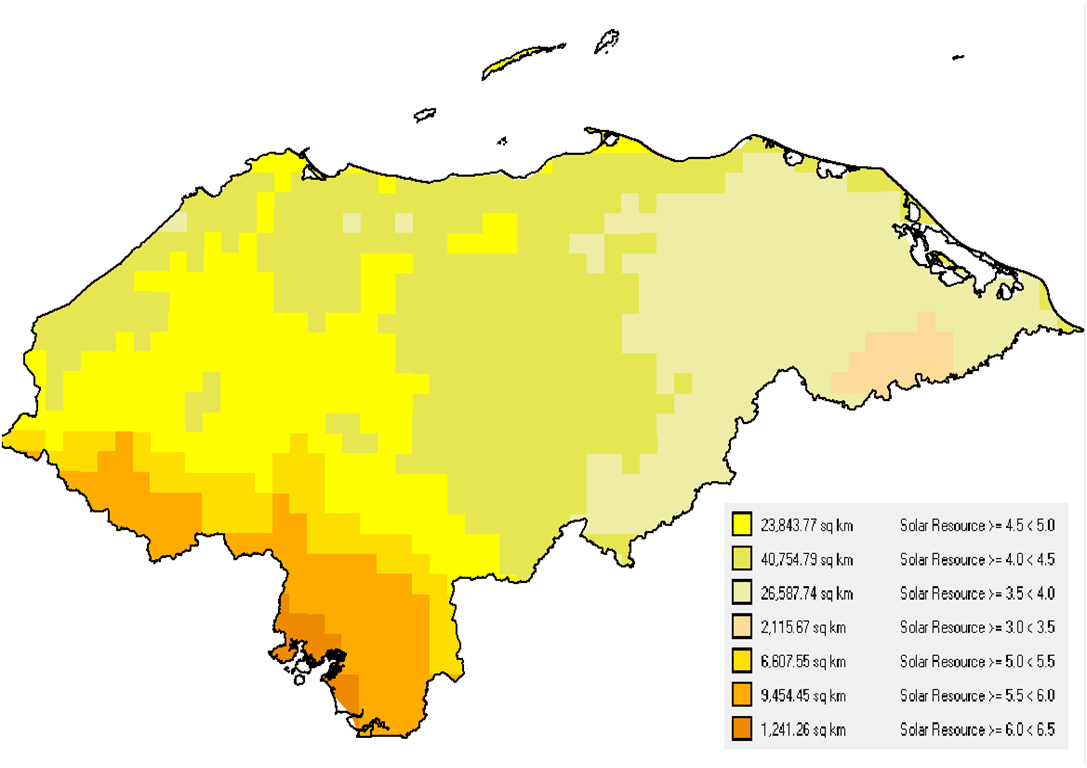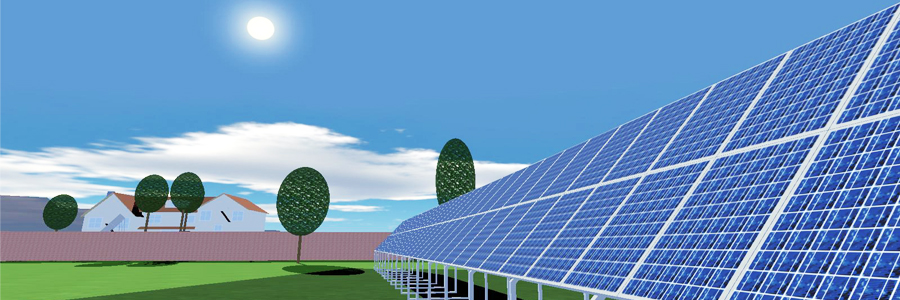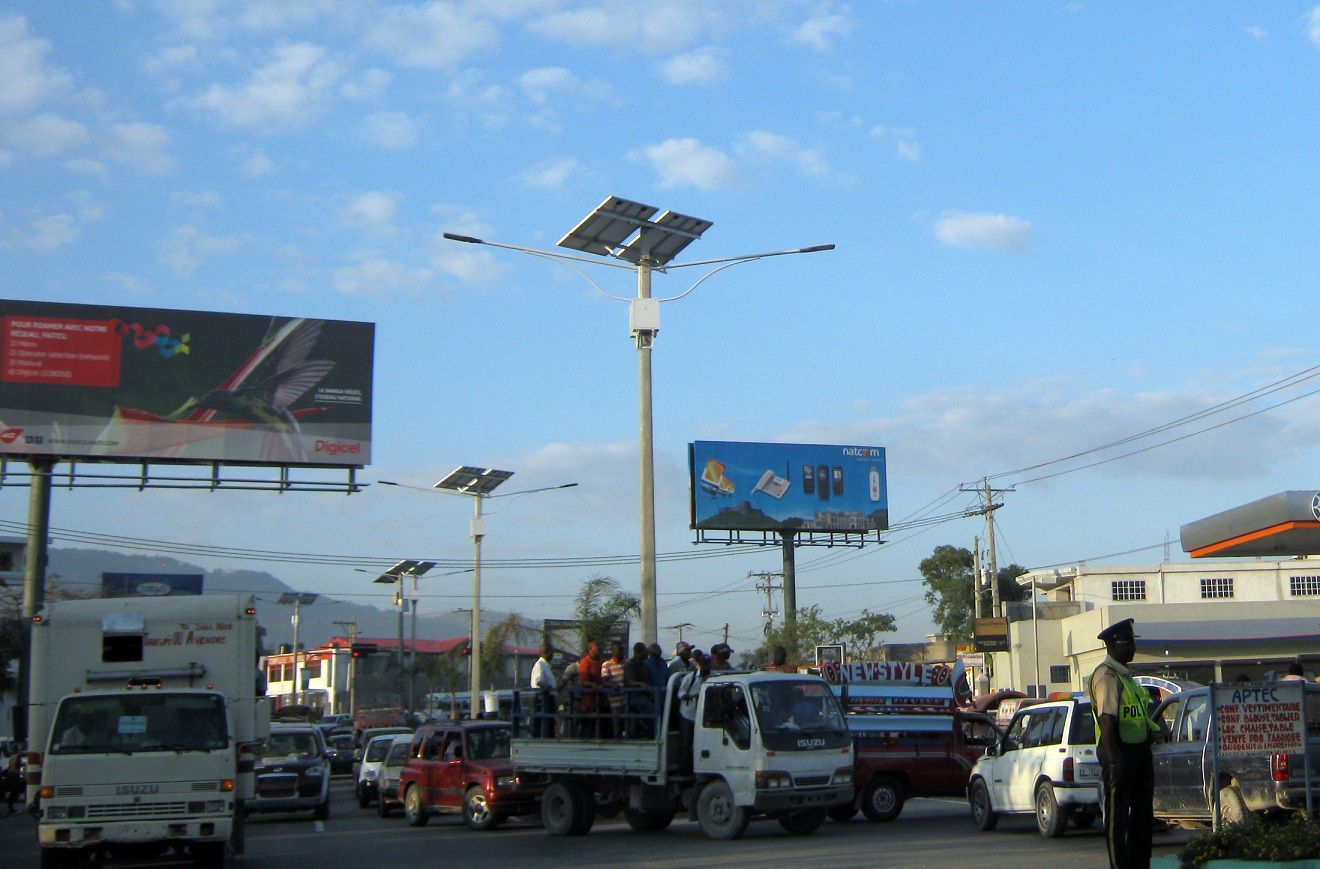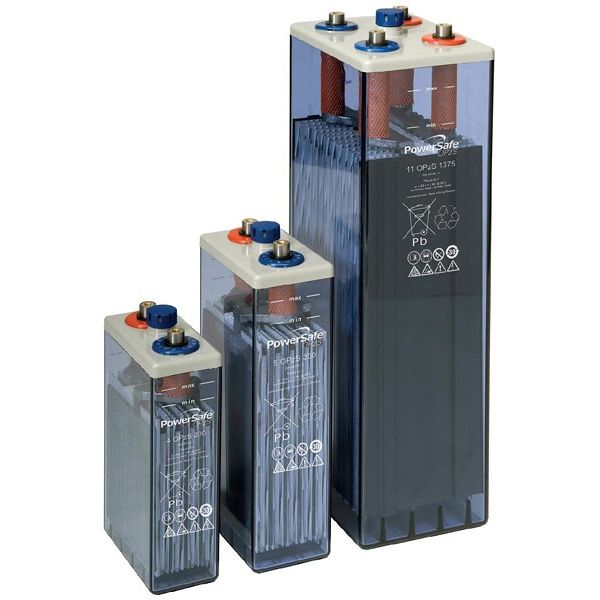On Internet we can find free tools for basic or low complexity solar systems dimensioning and for certain components or accessories estimation.
Sopelia research team has carried out an exhaustive search and testing from which a new corporate website section called Free Solar Tools has been created.
Selected tools were classified into 4 categories.
Today we will analyze the first one: Solar Resource and Other Baseline Data.
In this category we will find data about solar resource and other variables to consider in order to estimate the power that solar system will provide in our location.
It is the starting data for necessary solar system dimensioning in order to satisfy our energy demand.
Tools order is not random. We have prioritized the most intuitive, the most universal and those that can be online used without download.
For this first category our selection is the following:
1) Meteorological and solar energy data
Sponsored by NASA Science Applications Program and developed by the World Prediction Energy Resources Project, this site offers information and supporting documentation for solar systems dimensioning.
The “Data Retrieval” section that interests us is “Meteorology and Solar Energy” and within it, “Data Tables for a Particular Location”.
Once there, entering Latitude and Longitude of our location, we access a series of calculation parameters that we can select or obtain entirety.

2) Daily and annual solar calculator
Spreadsheet developed by US NOAA Earth System Research Laboratory based on Jean Meeus astronomical equations algorithms.
It allows to calculate solar day, year and location specific data.

3) Renewable energies Global Atlas
Geographic Online Information System (GIS) interrelated worldwide distributed centers data.
In addition to information about renewable energy resources you can access information such as population density, topography, land use, infrastructure and protected areas.
The objective of this system is to allow users to identify areas of interest for further exploration.
It is an initiative that involves national institutes, energy agencies, private companies and international organizations.

4) Opensolar
Open database (you can extract and insert information) with global average daily solar radiation data for each month of the year measured on the surface.

5) Monthly average radiation calculation
Tool developed by IDEA research group to calculate monthly average radiation on arbitrarily oriented and inclined surfaces.

Accessing Free Solar Tools section of Sopelia’s corporate website you will find the links to have these tools and begin to configure your future solar system.
All you need is Sun. All you need is Sopelia.



















